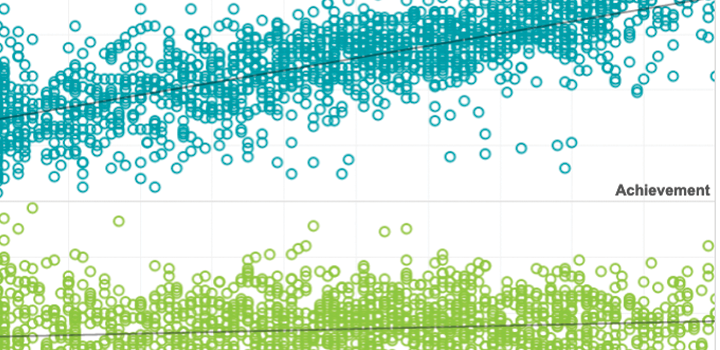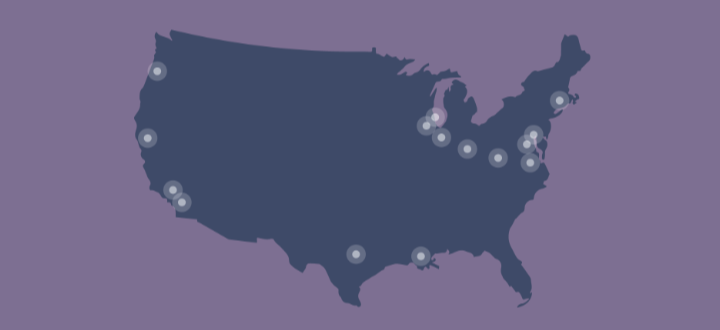

The report documents the process NWEA followed to determine and validate the cut scores for fall, winter, and spring that can be used to identify students in Grades K–8 who have severe learning difficulties and need intensive intervention in reading and mathematics.
By: Wei He, Patrick Meyer
Products: MAP Growth
Topics: Guidance


Arguing about the effectiveness of assessments for the classroom
Approaches to test score use and test purpose lack the well-developed methodological guidelines and established sources of evidence available for intended score interpretation. We argue in this paper that this lack fails to reflect the ultimate purpose of a test score—to help solve an important problem faced by intended test users.
By: Garron Gianopulos


A multi-rater latent growth curve model
To avoid the subjectivity of having a single person evaluate a construct of interest (e.g., a student’s self-efficacy in school), multiple raters are often used. This study provides a model for estimating growth in the presence of multiple raters.
By: James Soland, Megan Kuhfeld
Topics: Measurement & scaling, Growth modeling, Social-emotional learning


This study uses reading test scores from over 728,923 3rd–8th-grade students in 2,056 schools across the US to compare threshold-setting methods to detect noneffortful item responses. and so helps provide guidance on the tradeoffs involved in using a given method to identify noneffortful responses.
By: James Soland, Megan Kuhfeld, Joseph Rios
Topics: School & test engagement


Measuring middle school achievement trajectories for college readiness
This study identifies students’ academic trajectories in the middle grades relative to a set of college readiness benchmarks. We apply math and reading college readiness benchmarks to rich longitudinal data for more than 360,000 students across the nation. Student-level and school-level demographic characteristics significantly predict academic trajectories.
By: Angela Johnson, Megan Kuhfeld, Greg King
Topics: Equity, College & career readiness, Middle school


Preparing early learners: Considerations for supporting the kindergarten class of 2021
Among the many ways in which schools are being transformed by the COVID-19 pandemic, the change in kindergarten enrollment is likely to have important consequences in classrooms across the nation. Because the academic and nonacademic skills students develop in their preschool and early elementary school years are foundational to important longer-term outcomes, understanding these changes and finding ways to effectively support our youngest students’ learning is critical for educators and leaders. Drawing on recent research, we offer four timely considerations for district, school, and classroom leaders.
By: Beth Tarasawa, Angela Johnson, Christine Yankel
Topics: Equity, COVID-19 & schools, Early learning


This report presents the results of a mode comparability study conducted through simulations to evaluate how scores from MAP Growth administered on the constraint-based engine (CBE) compare to those administered on the current MAP Growth engine known as COLO.
By: Ann Hu, Patrick Meyer, May Chien
Products: MAP Growth
Topics: Measurement & scaling, Test design


